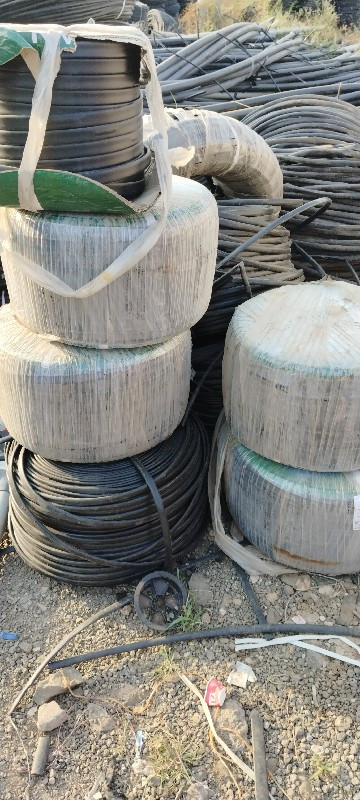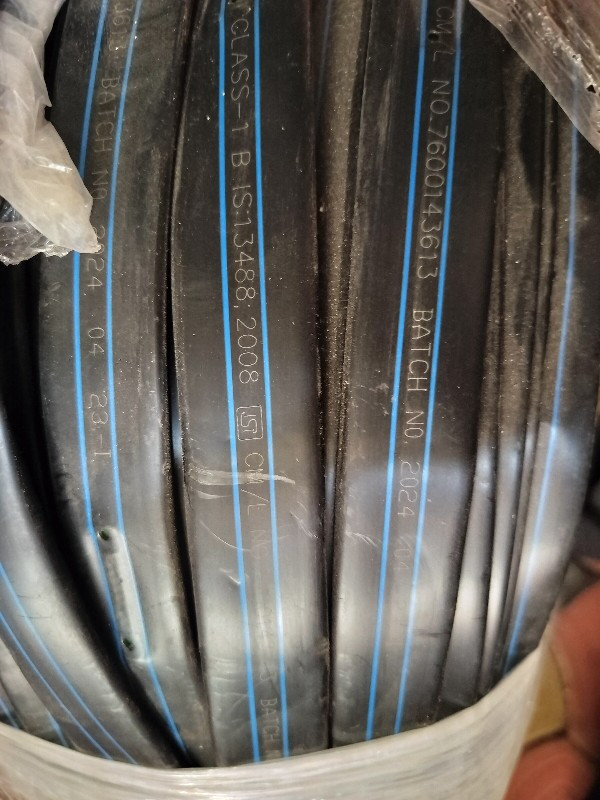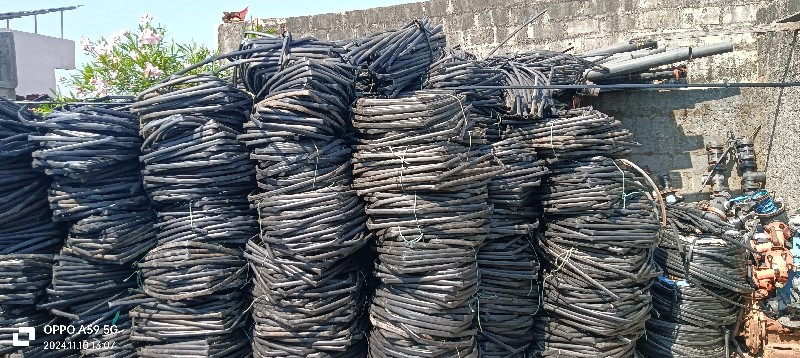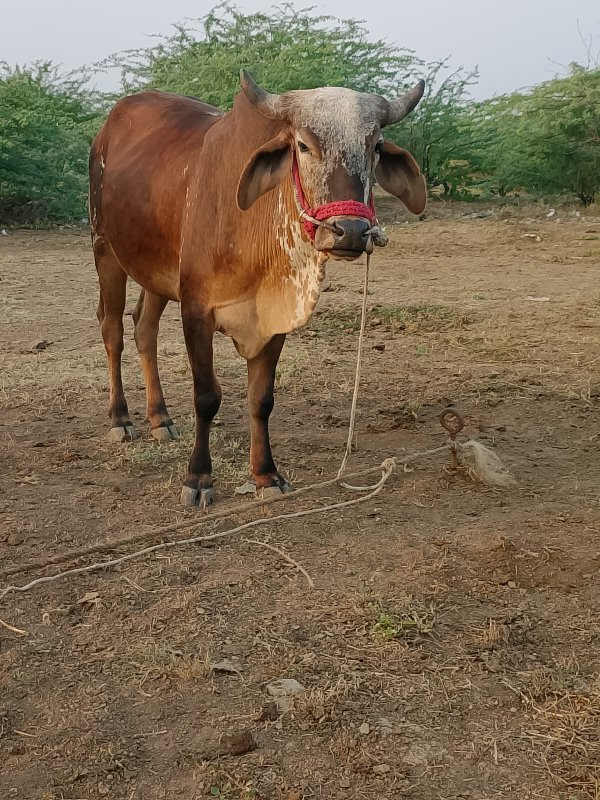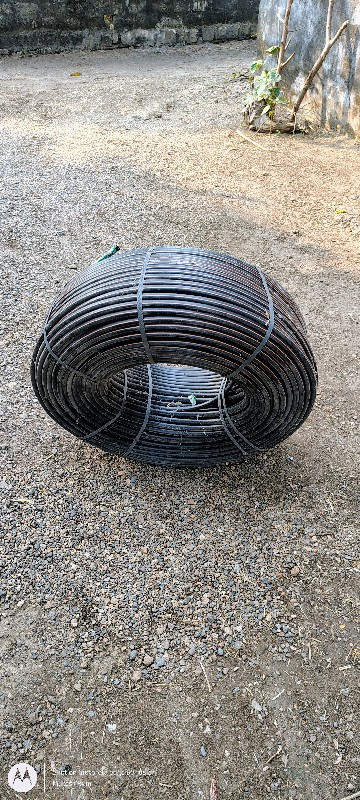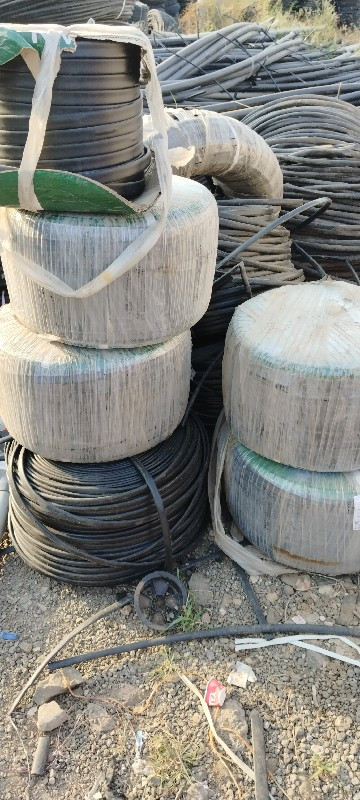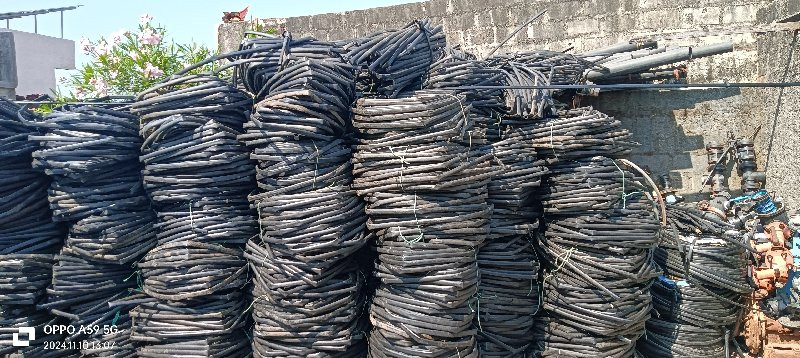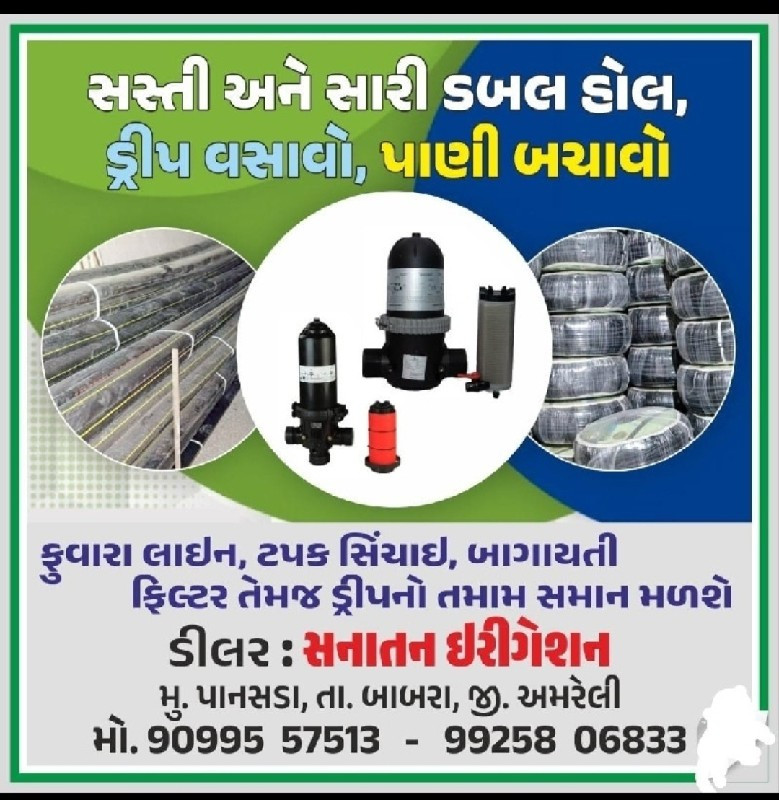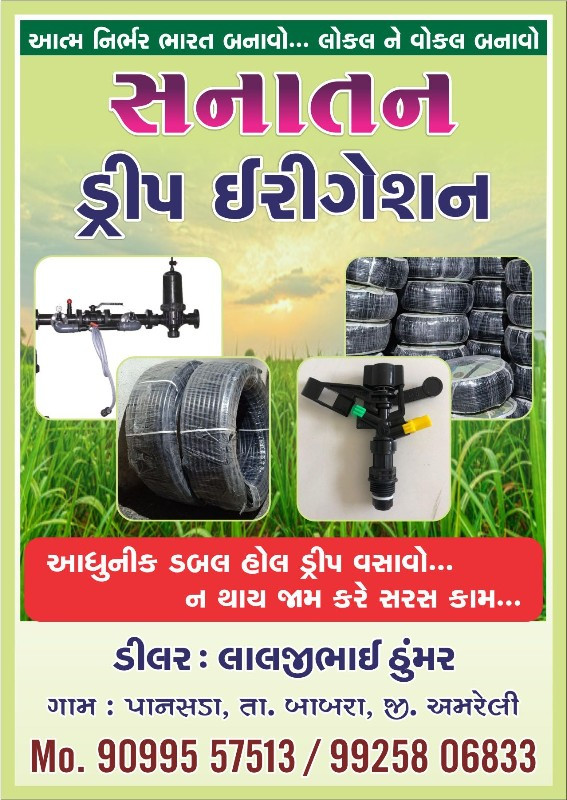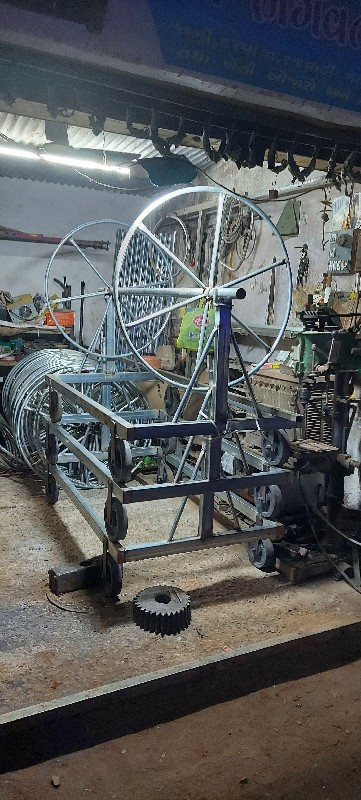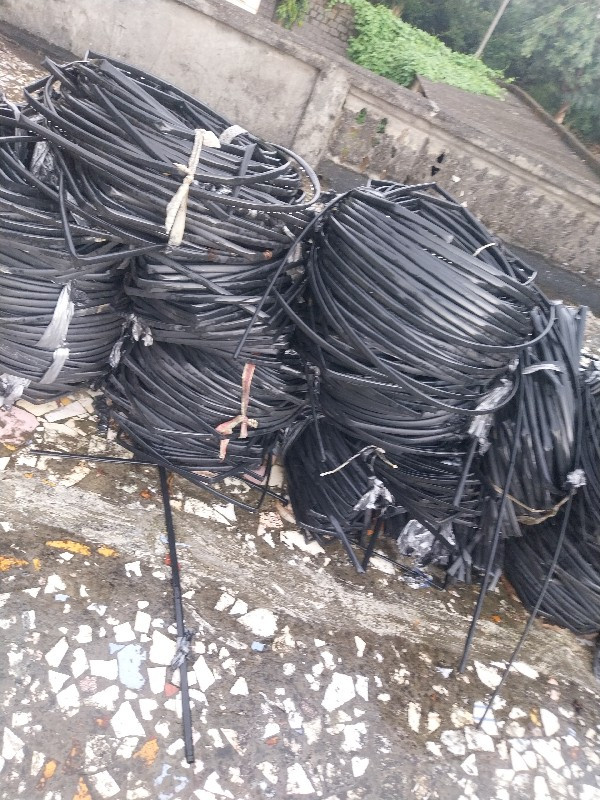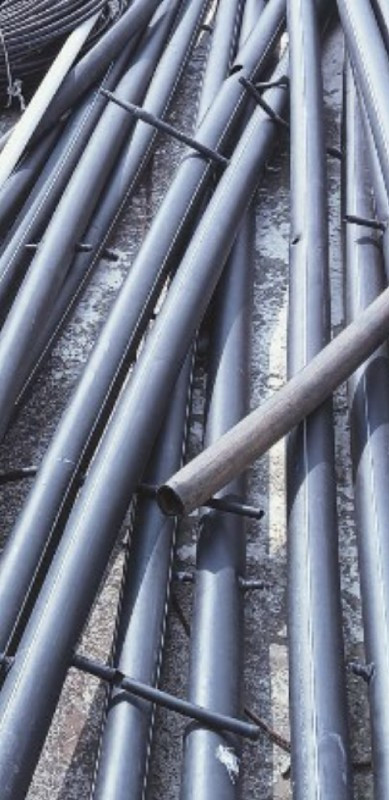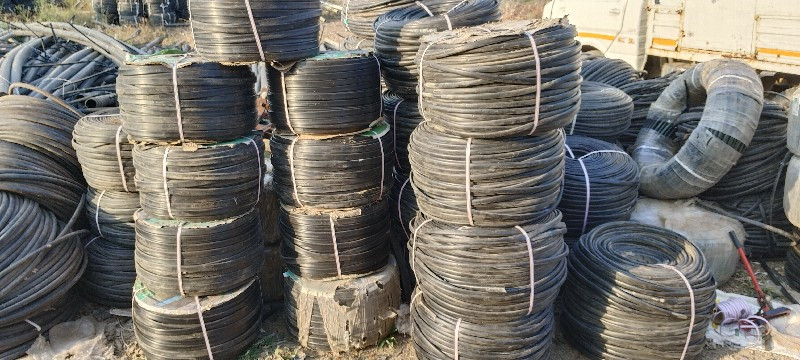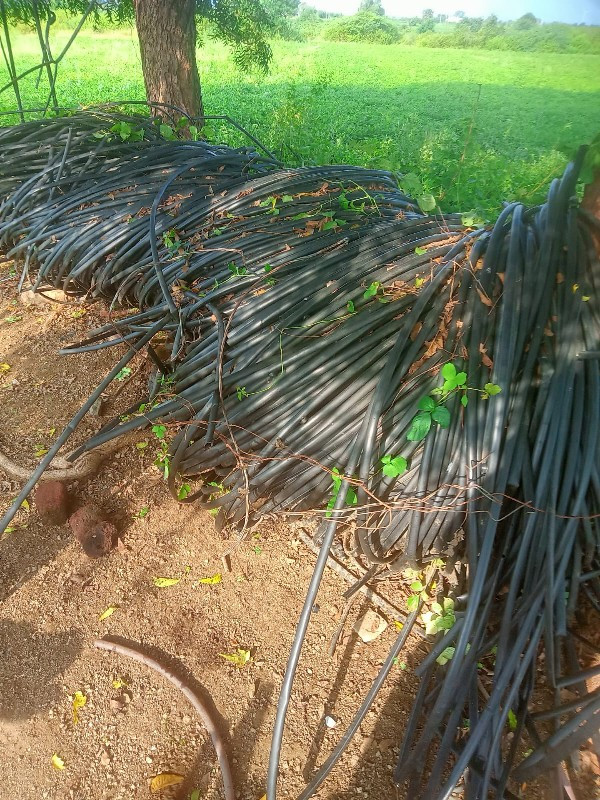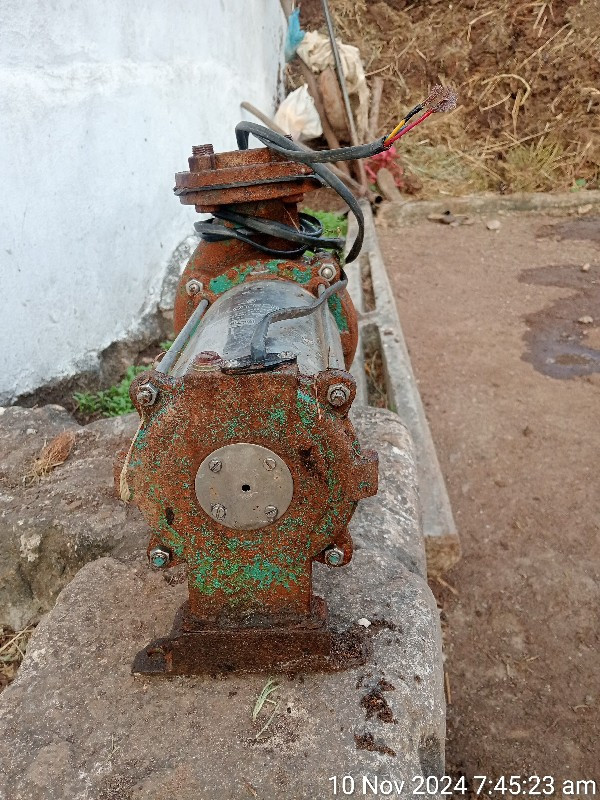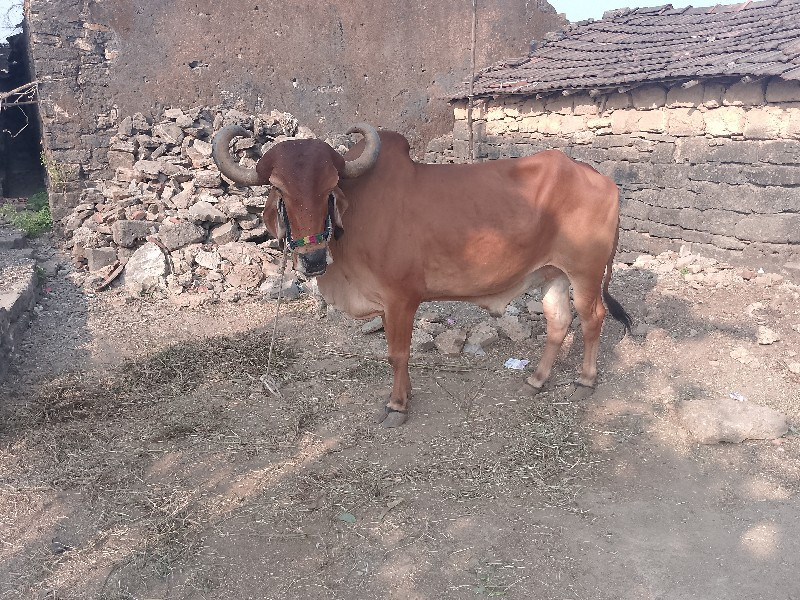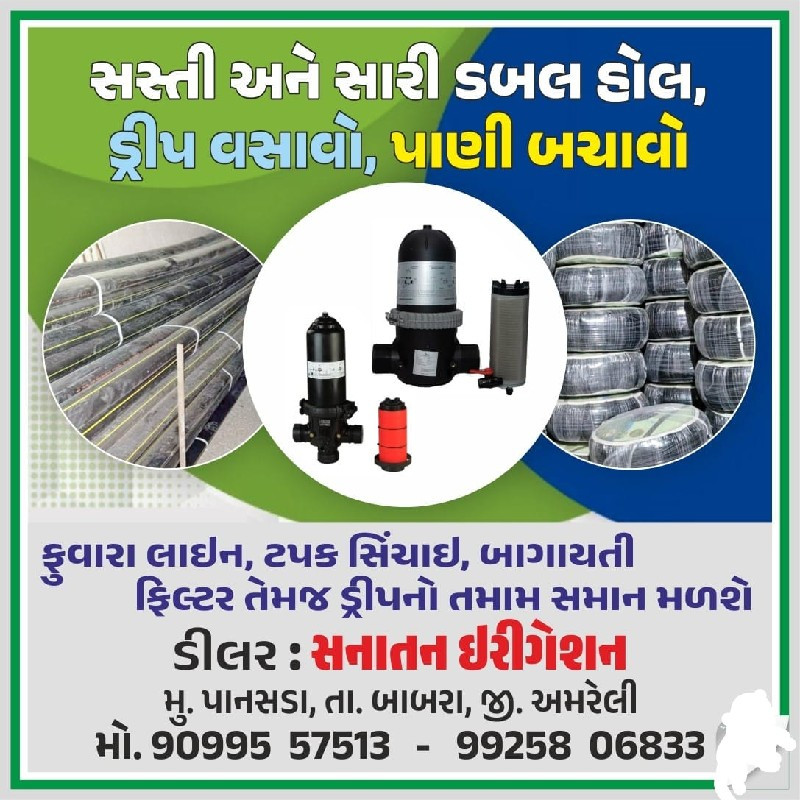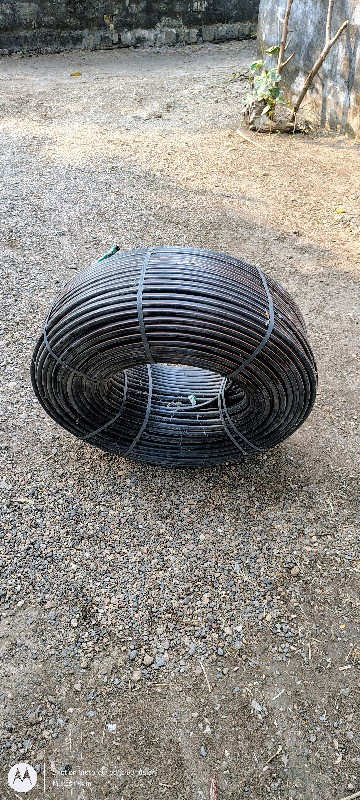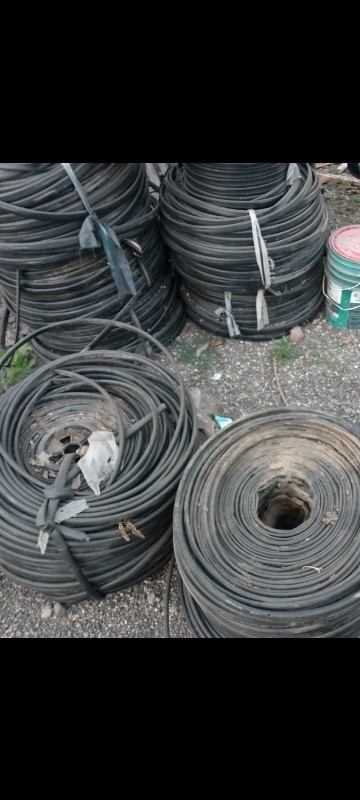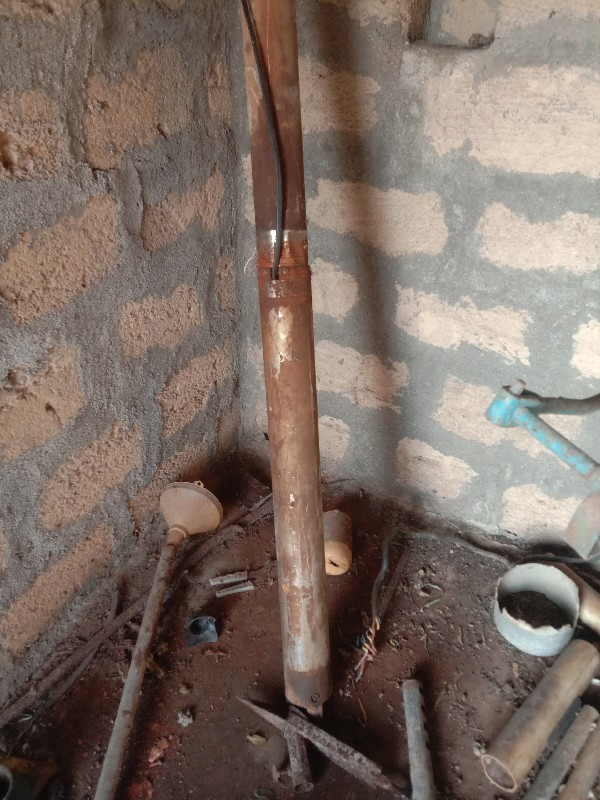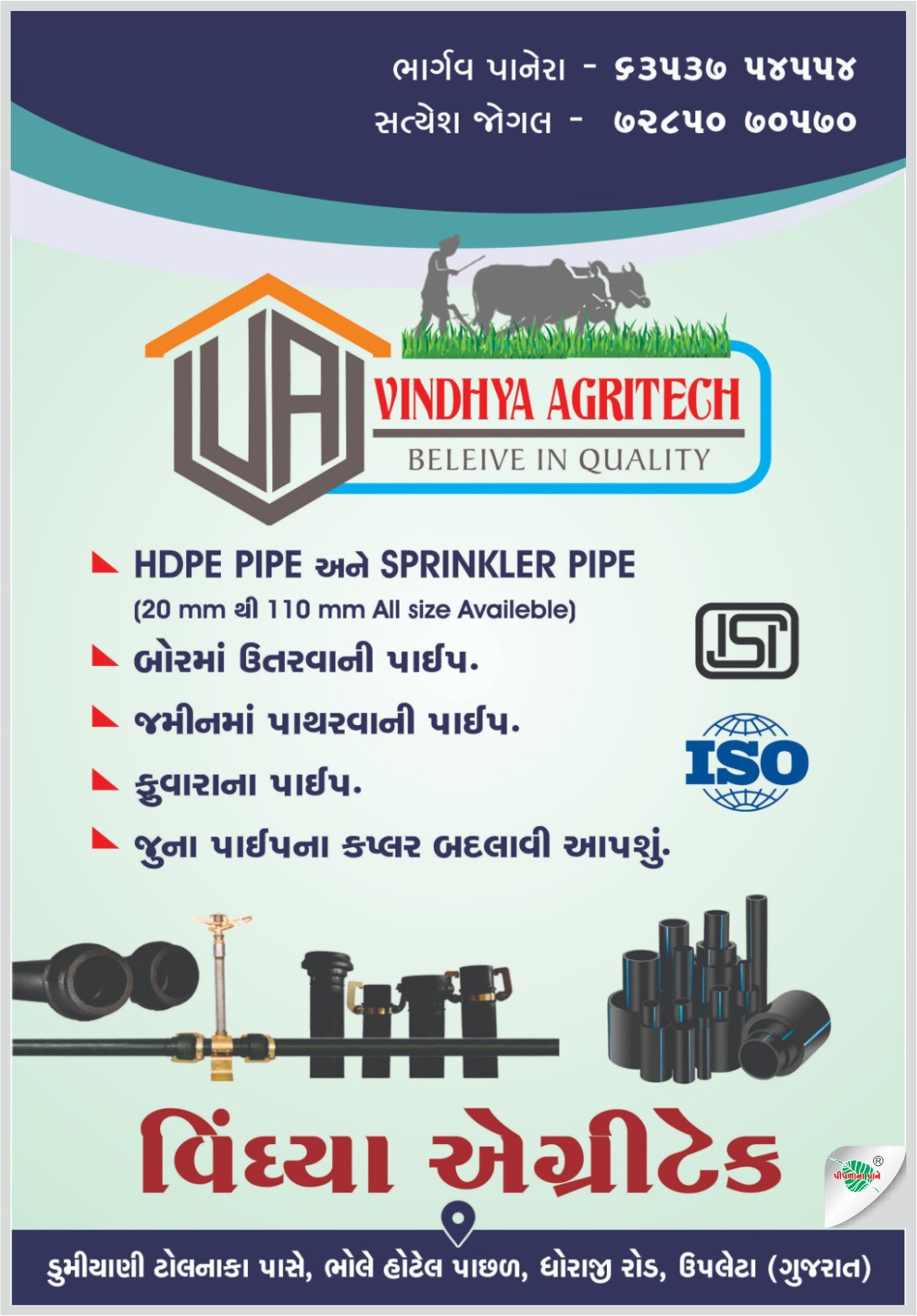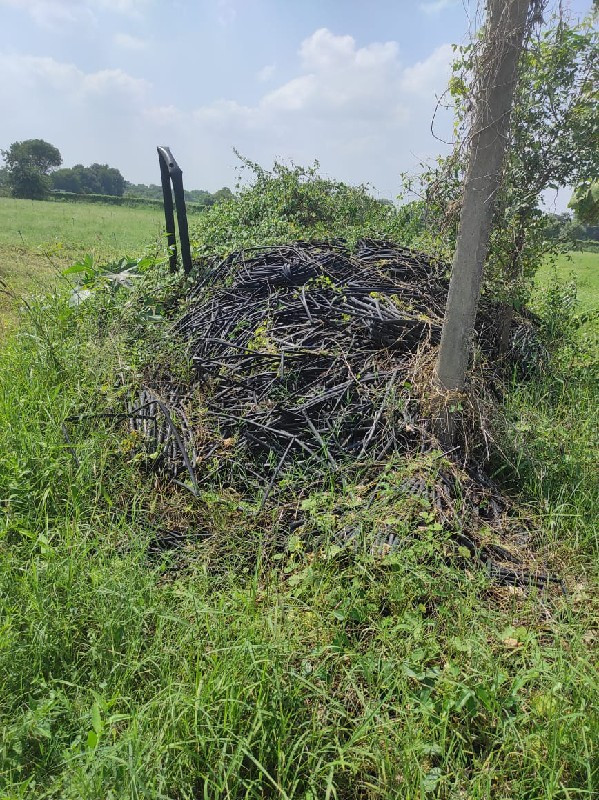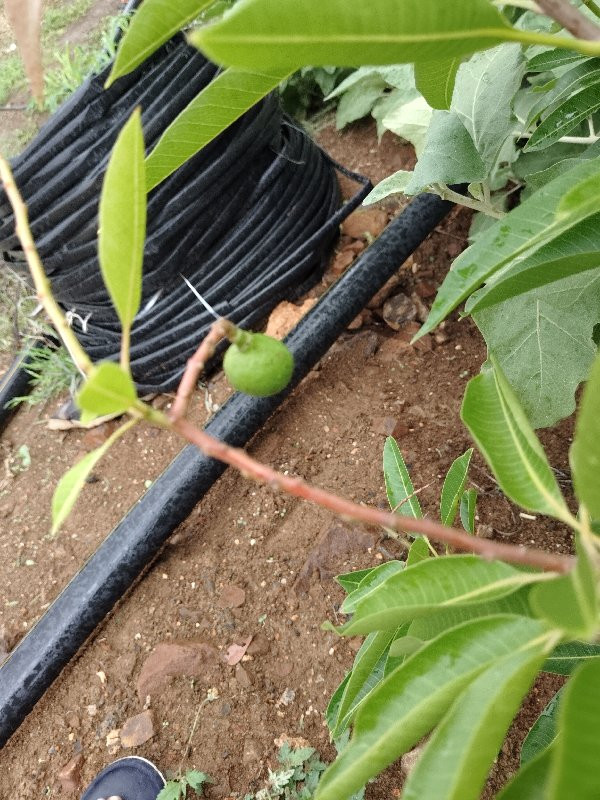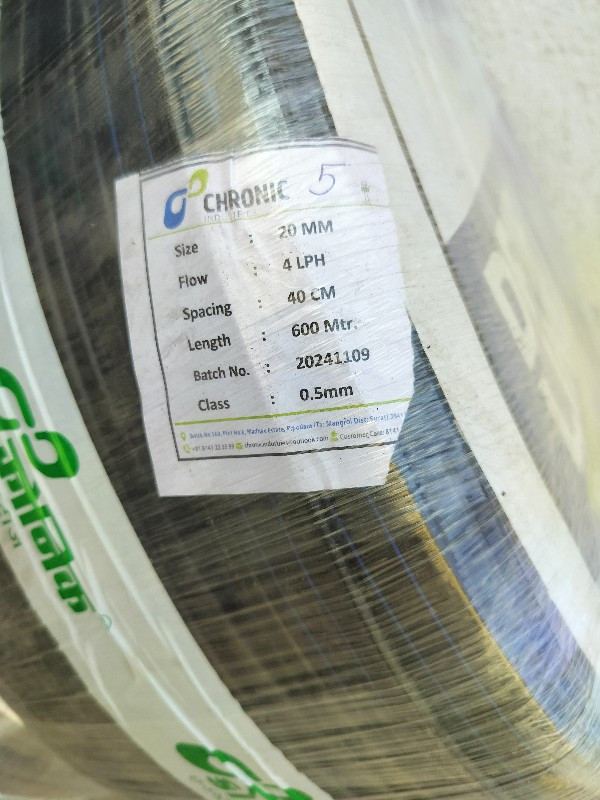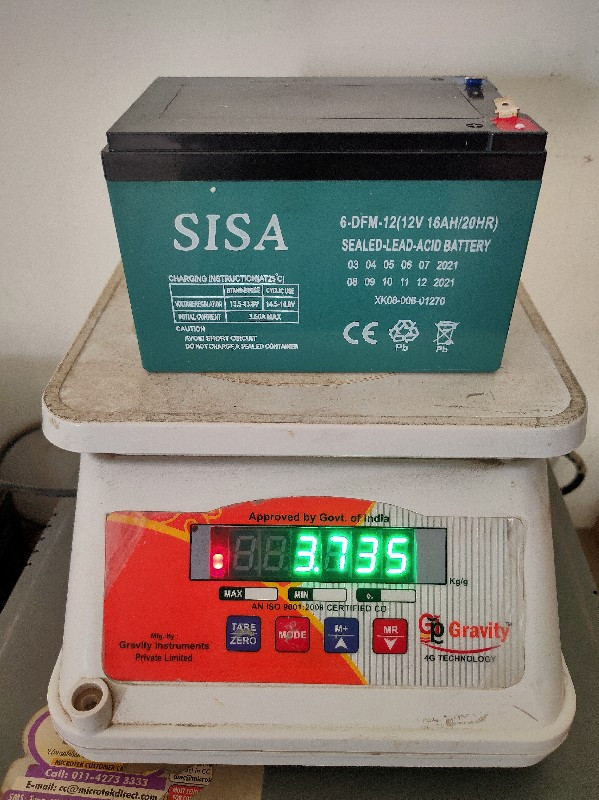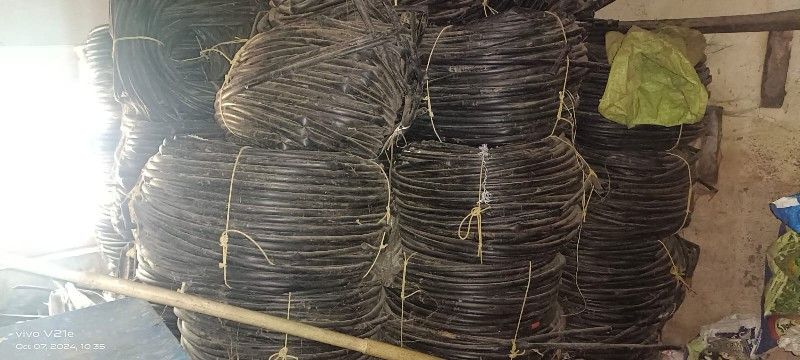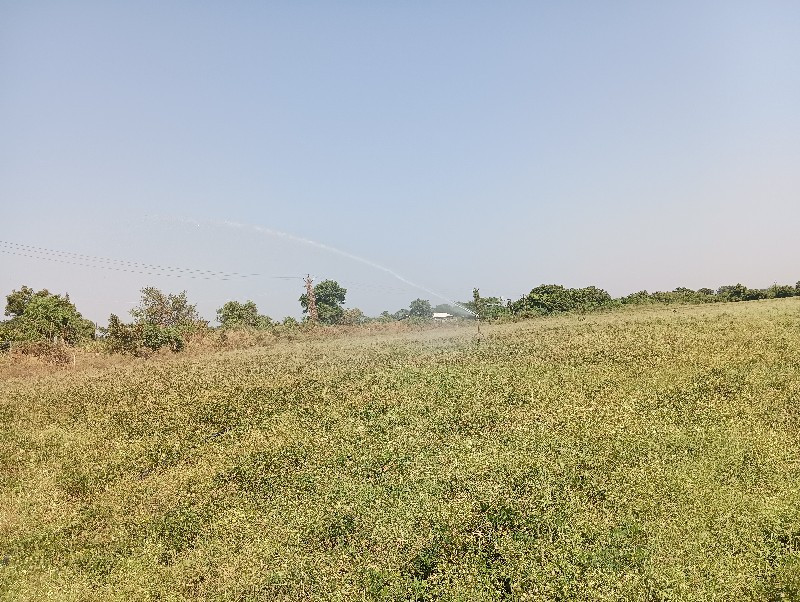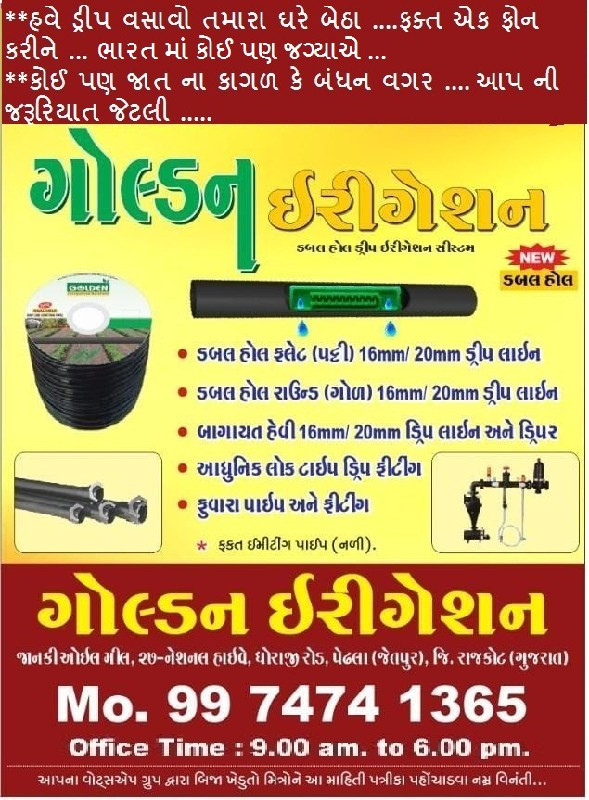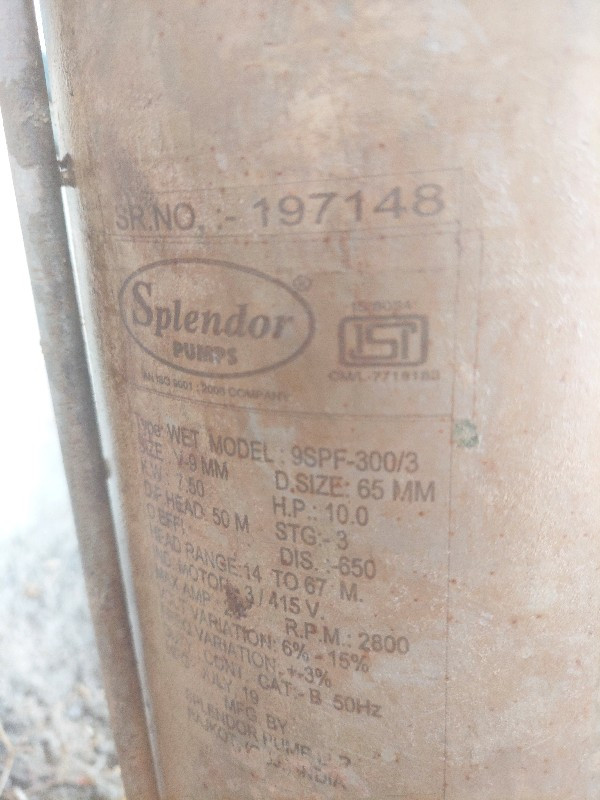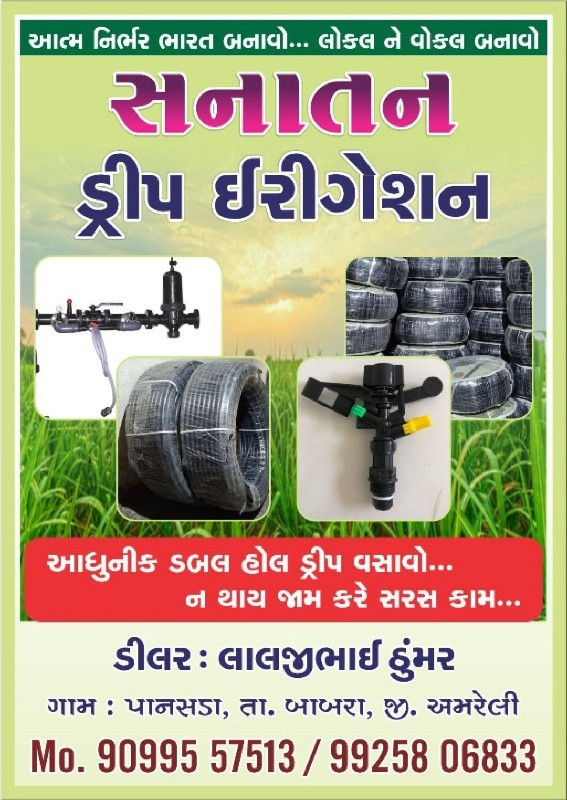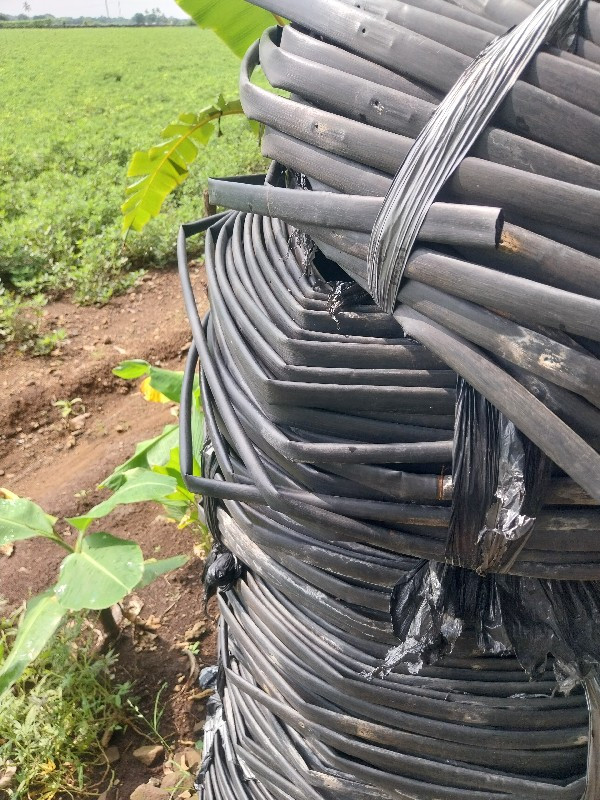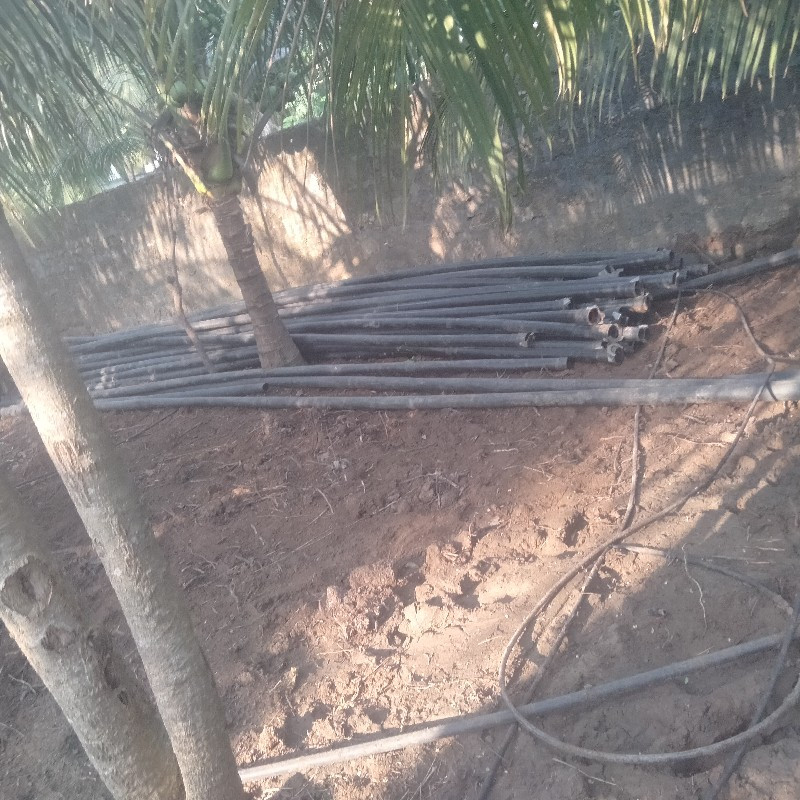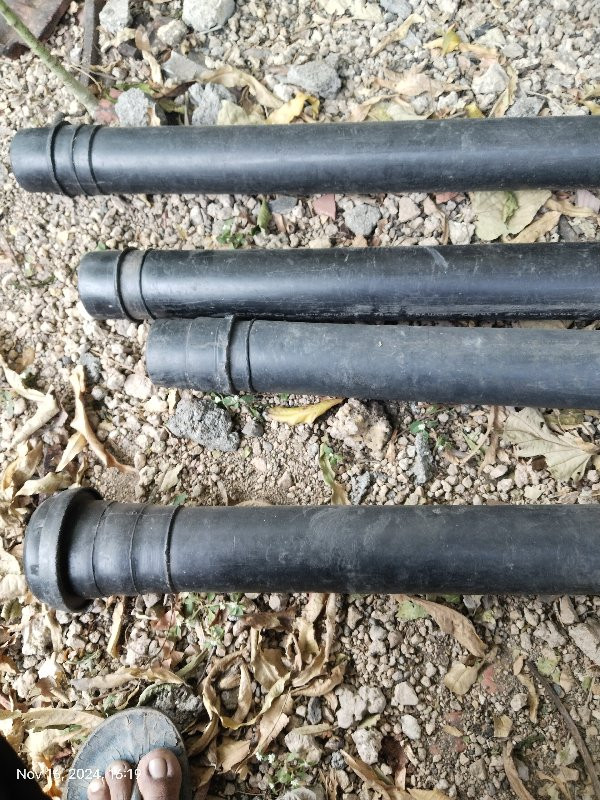
The Pros and Cons of Using Drip Irrigation Systems
Drip irrigation is a popular method of watering plants that has been used in agriculture for many years. This system involves delivering water directly to the roots of plants through a series of tubes and emitters. While drip irrigation has many advantages, it also has some disadvantages to consider. In this blog post, we will explore the pros and cons of using drip irrigation systems.
Pros:
-
Water Conservation: Drip irrigation is a highly efficient watering system that can save up to 60% of water compared to other methods. By delivering water directly to the roots of plants, there is minimal evaporation and runoff, leading to significant water conservation.
-
Plant Health: Drip irrigation provides plants with a steady supply of water and nutrients, which promotes healthy growth and strong root systems. It also reduces the risk of plant diseases that can occur due to overwatering.
-
Precision Agriculture: Drip irrigation allows farmers to precisely control the amount of water and nutrients delivered to each plant. This enables farmers to optimize crop yields and minimize waste, leading to higher profits and better environmental outcomes.
-
Weed Control: By watering only the plants, drip irrigation reduces the moisture levels in the soil between plants, making it less hospitable to weeds. This can lead to less weed growth and reduced weed control costs.
Cons:
-
High Initial Costs: Installing a drip irrigation system can be expensive, especially for large farms. However, the long-term benefits of water conservation and improved crop yields can outweigh the initial investment.
-
System Maintenance: Drip irrigation systems require regular maintenance to ensure proper functioning of the emitters and tubes. Clogged or damaged emitters and tubes can lead to uneven watering and reduced crop yields.
-
Limited Flexibility: Drip irrigation systems are best suited for permanent crops such as vineyards and orchards. It can be difficult and expensive to install a drip irrigation system for crops that are rotated annually.
-
Risk of Salt Accumulation: If the water source for drip irrigation contains high levels of salts, these salts can accumulate in the soil and affect plant growth. This can be mitigated by using water with low salt levels or implementing a salt leaching program.
Conclusion:
Drip irrigation systems have many benefits, including water conservation, improved plant health, precision agriculture, and weed control. However, they also have some drawbacks such as high initial costs, maintenance requirements, limited flexibility, and potential salt accumulation. When deciding whether to use a drip irrigation system, it is important to weigh the pros and cons and determine if it is the right choice for your farming operation.


